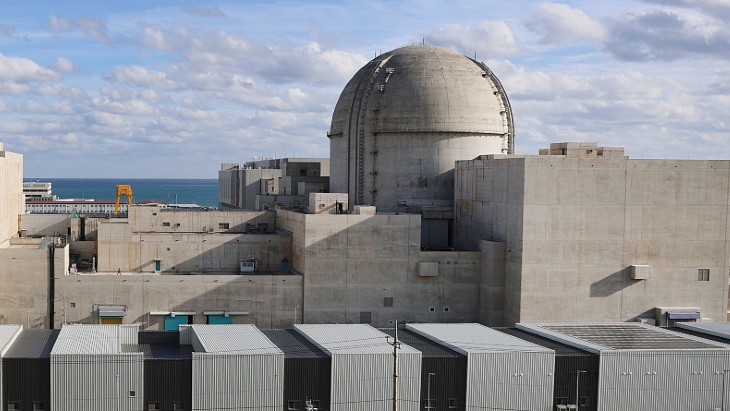The new fleet of nuclear powered icebreakers are seen as important by Russia for its development of navigation along the Northern Sea Route, which cuts transport times and can enable integrated development of the Arctic and Far Eastern regions of the country.
Ahead of its first working journey a ceremony was held in Murmansk, with attendees including Rosatom Deputy Director General Vyacheslav Ruksha, Director of the Northern Sea route division Olga Kuznetsova and the Deputy Governor of the Murmansk Region Sergey Dubovoy.
Ruksha said: "We are well aware of the difficult circumstances in which the construction of the icebreaker took place. Thanks to all the workers of the Baltic Shipyard, all the designers of the Iceberg Central Design Bureau, and all the contractors. Most importantly, I want to remind you that almost 90% of the icebreaker is Russian. I hope that in the near future we will overcome the remaining 10%, the localisation of the corresponding equipment will be carried out in Russian conditions. The icebreaker was built for 40 years. Russia will feel confident not only for the next 40 years, but also for 100 years in the Arctic basin."
The Ural is the third of the Project 22220 icebreakers, which are known both for their twin RITM-200 reactors and their mission to maintain the passability of the Northern Sea Route, which represents a shorter route for freight to travel between northern Europe and east Asia. They are 173 metres long and designed to break through 2.8-metre-thick ice at up to 2 knots. The wide 33-metre beam at the waterline is designed to match the 70,000 tonne ships they are designed to clear a path for.
Arktika was the first Project 22220 ship, with those following known as series vessels. The Sibir entered service in January. Two more of the ships are under construction: the Yakutia and the Chukotka, which are slated for service in 2024 and 2026, respectively.
A variation of the RITM-200 reactor design used on Project 22220 icebreakers is planned for deployment on floating power plants at Cape Nagloynyn. Another variation of the RITM-200 for use on land is planned for Ust-Kuyga.

.jpg)





_49562.jpg)





